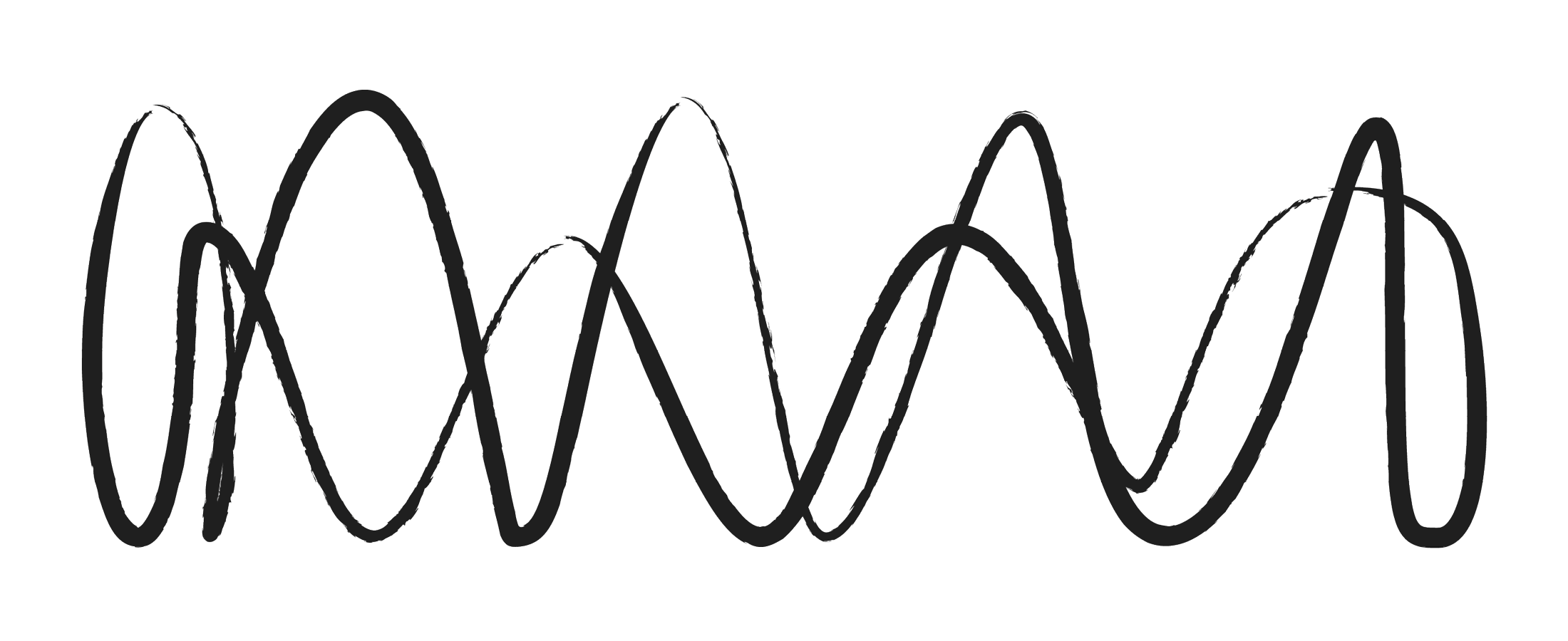An Untrustworthy Smile [Re-balancing Act]
What do we mean when we say something - or someone - is untrustworthy?
How about inauthentic?
Recently, I noticed that my smile has not been fully trustworthy. That isn’t to say it has been coveting other faces behind my back - though it has been known to do so with my consent from time to time. It’s much less complicated than anything with a values or moral judgment attached.
Put simply, my smile tends towards the left side of my face. Except for those big, wide, completely uncontrollable and heartfelt grins, the muscles on the left side of my face contract, while the right may twinge only a little.
What is this about? And what might it have to do with trustworthiness? (Or anything for that matter?)
“First, a solution:
Once upon a time
my habit was to think,
to analyse and understand —
whatever that means
— as a way to “make right”.
Today,
simplicity speaks
in a clear voice:
bring attention to the pattern,
and let the right side
of your face lead
for a change.
Perhaps the left will come
to meet it.
In time,
perhaps balance
might meet them both.”
Finding Balance
Is trustworthy a synonym for balance?
Not in the sense of standing on one leg, but in the sense that a river always flows down hill, never leaving intimacy with gravity, that thing we so often call “a force” but that might prefer to be known by it’s deeper name: “a relationship between space and time.”
Mysterious Imbalance
Some might call it a smirk. Whatever it is, the mystery of why my face learned to smile mostly on one side may never be solved.
Perhaps I had a wonkey tooth on the right side of my mouth that I refused to expose as a child. Perhaps in class at age 6 a person I felt threatened by sat to my right, and part of me felt it was safer to appear stoic than human.
All I know, really, is that it became a habit. And habits have consequences, whether they’re large or not, and whether they’re noticed or not.
Cascading Patterns
The muscles of the face are intimately related to the 12th cranial nerve - the vagus nerve. (Quite why it is the 12th and not the 1st is yet another mystery.) This nerve in turn is intimately related to our capacity to be intimately related to the world.
Relaxed and signalling safety, and we’re better able to receive and give nourishment as a co-creative participant in our world. In turn, others are likely to perceive us as a skilful and useful dancing partner.
Tense and signalling threat, and our capacity to participate and co-regulate - as well as myriad bodily functions from adrenal release to the openness of our sense perceptions - is compromised. In turn, others might be wary of us standing on their toes.
This process works both ways.
A perception of threat may jolt the nerve, signalling muscles to tense and become rigid, perhaps in part to conserve energy for other, more urgent needs, and perhaps in part to limit the potential for non-essential - and potentially dangerous - interactions with our living peers.
Likewise, a rigid muscle may invite tension in the nerve, and support a cascading rigidity and calcification of patterning throughout the body and mind.
The Re-Discovery of Balance
Re-patterning requires practice, and this practice does not require deep understanding. It does not require digging up the bones of the past, nor picking at barely fresh scabs to reveal the tender flesh beneath.
Rather, it requires that I smile with the right side of my face when I remember, and watch as the cascading waterfall of response patiently leads me to become somthing new.
Let’s not make it more complicated than that.
This is how we become together,
with each other and the world.This is how we become
towards or away
from each other
and the world.
